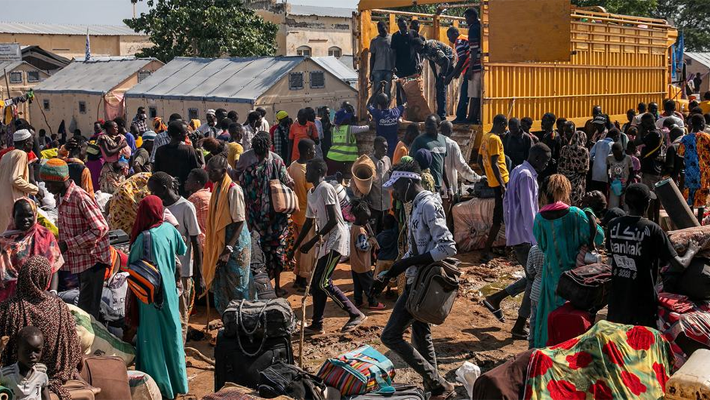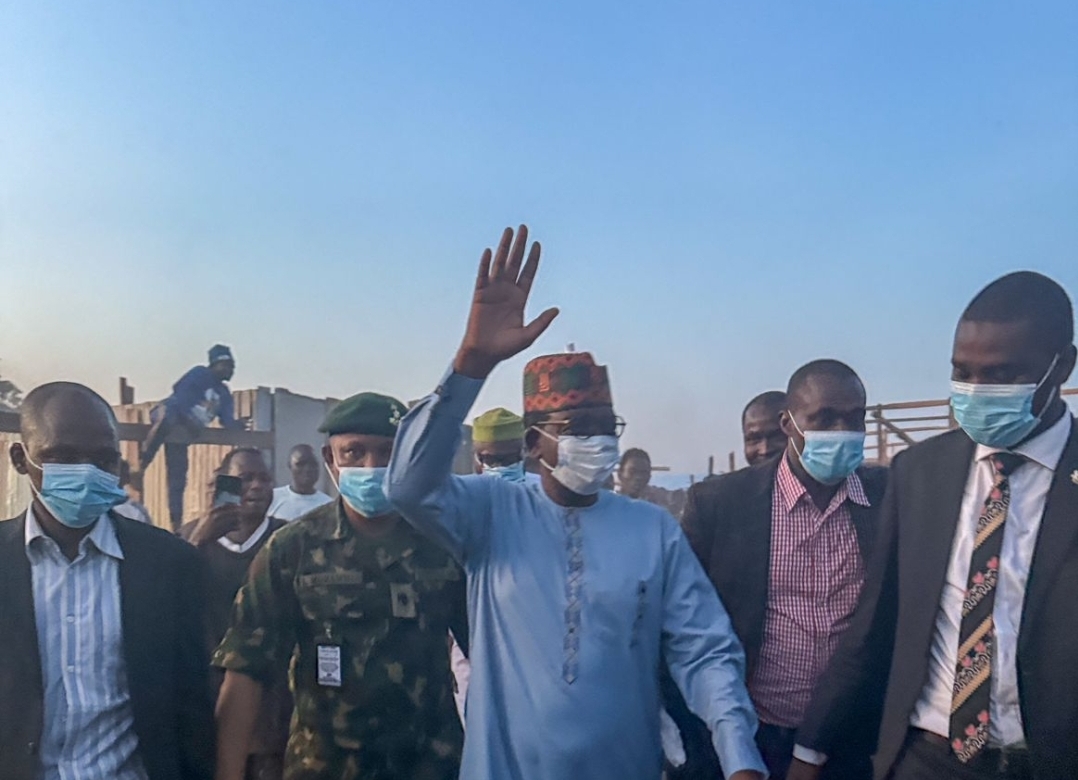The UN Refugee Agency (UNHCR) has reported a staggering rise in the number of individuals displaced by war, violence, and persecution worldwide, reaching unprecedented levels as humanitarian funding dwindles. However, there is a glimmer of hope with an increase in returns, particularly to Syria.
In the latest Global Trends Report, UNHCR revealed that by the end of April 2025, there were 122.1 million forcibly displaced individuals, a rise from 120 million the previous year. This marks nearly a decade of continuous increases in both refugees and others compelled to abandon their homes. The primary causes of this displacement are ongoing conflicts in regions such as Sudan, Myanmar, and Ukraine, coupled with a persistent inability to cease hostilities.
Filippo Grandi, the UN High Commissioner for Refugees, stated: “We are currently experiencing a period of significant instability in international relations, where modern warfare has created a precarious landscape filled with profound human suffering. We must intensify our efforts to pursue peace and establish sustainable solutions for refugees and others who have been forced to leave their homes.”
The report indicates that among the forcibly displaced, 73.5 million individuals have been uprooted within their own countries, an increase of 6.3 million since last year, while 42.7 million are refugees seeking safety abroad. Notably, Sudan has overtaken Syria as the country with the most significant displacement crisis, now accounting for 14.3 million displaced persons, followed by Afghanistan (10.3 million) and Ukraine (8.8 million).
Contrary to common assumptions in wealthier nations, the report highlights that 67% of refugees remain in neighbouring countries, with low and middle-income nations hosting 73% of the global refugee population. Alarmingly, 60% of those forced to flee do not leave their home country.
Despite the near doubling of forcibly displaced individuals over the past decade, funding for UNHCR has stagnated at levels comparable to 2015, amidst severe cuts to humanitarian aid. This situation is untenable, further endangering the lives of refugees and others escaping perilous circumstances.
Grandi remarked, “Even in the face of devastating funding cuts, we have witnessed some encouraging developments over the past six months. Nearly 2 million Syrians have returned home after being displaced for over a decade. The country remains fragile, and there is a pressing need for support to help them rebuild their lives.” In total, 9.8 million forcibly displaced individuals returned home in 2024, including 1.6 million refugees—the highest number in over two decades—and 8.2 million internally displaced persons (IDPs), marking the second-highest return rate ever recorded.
However, many of these returns occurred under challenging political and security conditions. For instance, numerous Afghans were compelled to return to Afghanistan in 2024 under dire circumstances. At the same time, substantial new displacements were reported in countries such as the Democratic Republic of the Congo, Myanmar, and South Sudan.
The report advocates for sustained funding of UNHCR initiatives, which are critical for saving lives, assisting returning refugees and IDPs, and strengthening basic infrastructure and social services in host communities, thus representing an essential investment in both regional and global stability.





